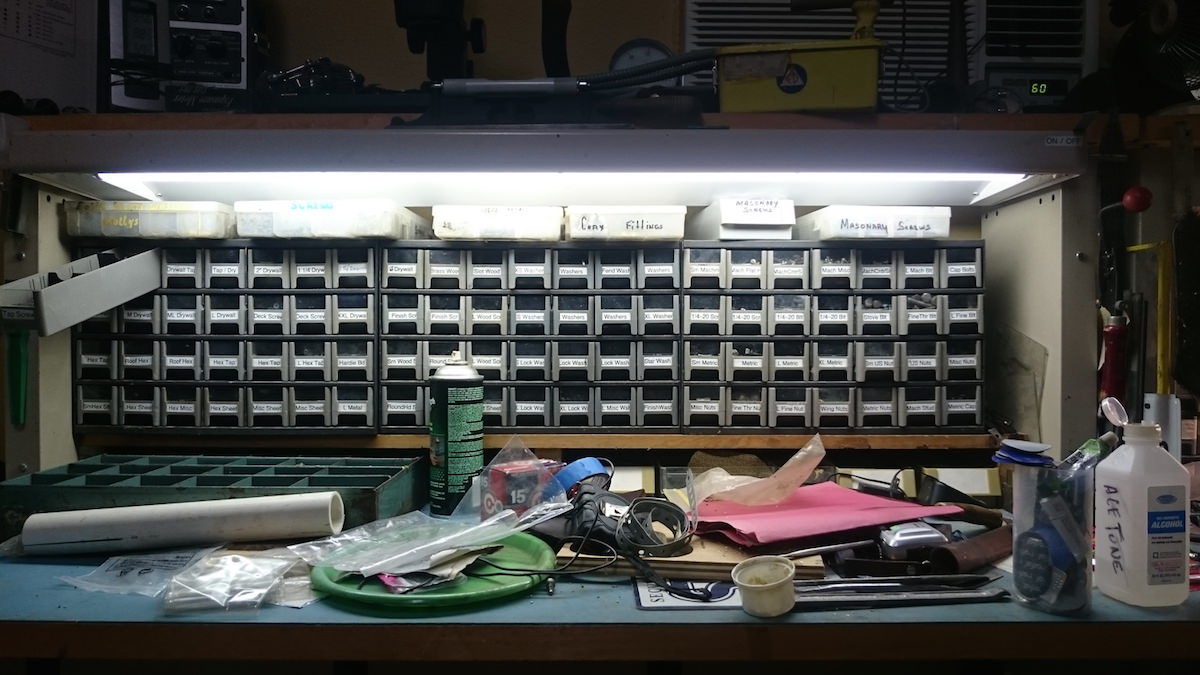
NOTES AND NEWS
Determining lab building vibration criteria: consequences vs. interference
There’s an art to developing floor vibration criteria, and the complexity increases when there aren’t explicit limits given to us by tool vendors. Even when those vendor-supplied instrument criteria are available and realistic, we need to think about what those criteria mean and how aggressively we should view risks to the project.
What do we do with crazy noise or vibration criteria?
As acoustical and vibration consultants, we are sometimes presented with what we call “non-physical criteria.” Non-physical criteria are usually predicated on the misunderstanding that it is possible to eliminate these contaminants.
Bright-line vibration and noise criteria
If you’re outfitting a low-vibration imaging suite or laboratory, you’ve probably had to read a few tool installation guides for off-the-shelf (as opposed to hand-built) instruments. One problem with floor vibration criteria for laboratory instruments is that—unless we helped develop the criterion—we never get to see an “error-vs-vibration” dataset.
How to Read Centile Statistical Vibration Data
For field or building-wide surveys, our practice is to supplement the spatial data gathered across the site with data from (at least) one location gathered over time. This really helps illustrate how much of the observed variability in the spatial data might actually be due to temporal variability. But interpreting these data isn't intuitive for some people.
A quick note regarding vibration and noise units
Just a quick note regarding expressions of vibration and acoustical data. Every now and then we come upon a vexing problem related to full expressions of the units of a measurement (or criterion). I'm not talking about gross errors, like confusion of "inches-vs-centimeters" or "pounds-vs-newtons". Instead, I'm referring to some of the other, more subtle parts of the expression, like scaling and bandwidth.





